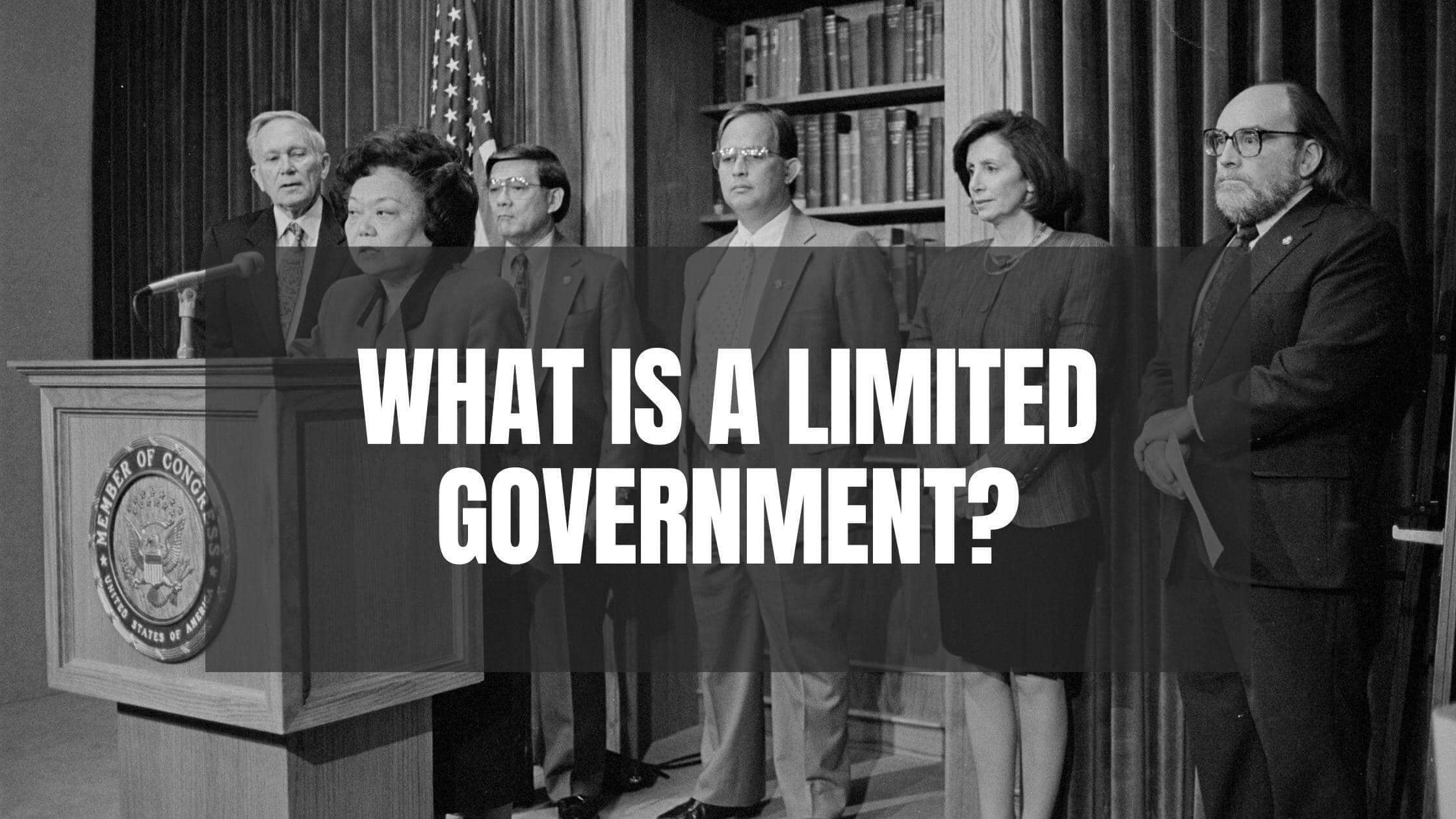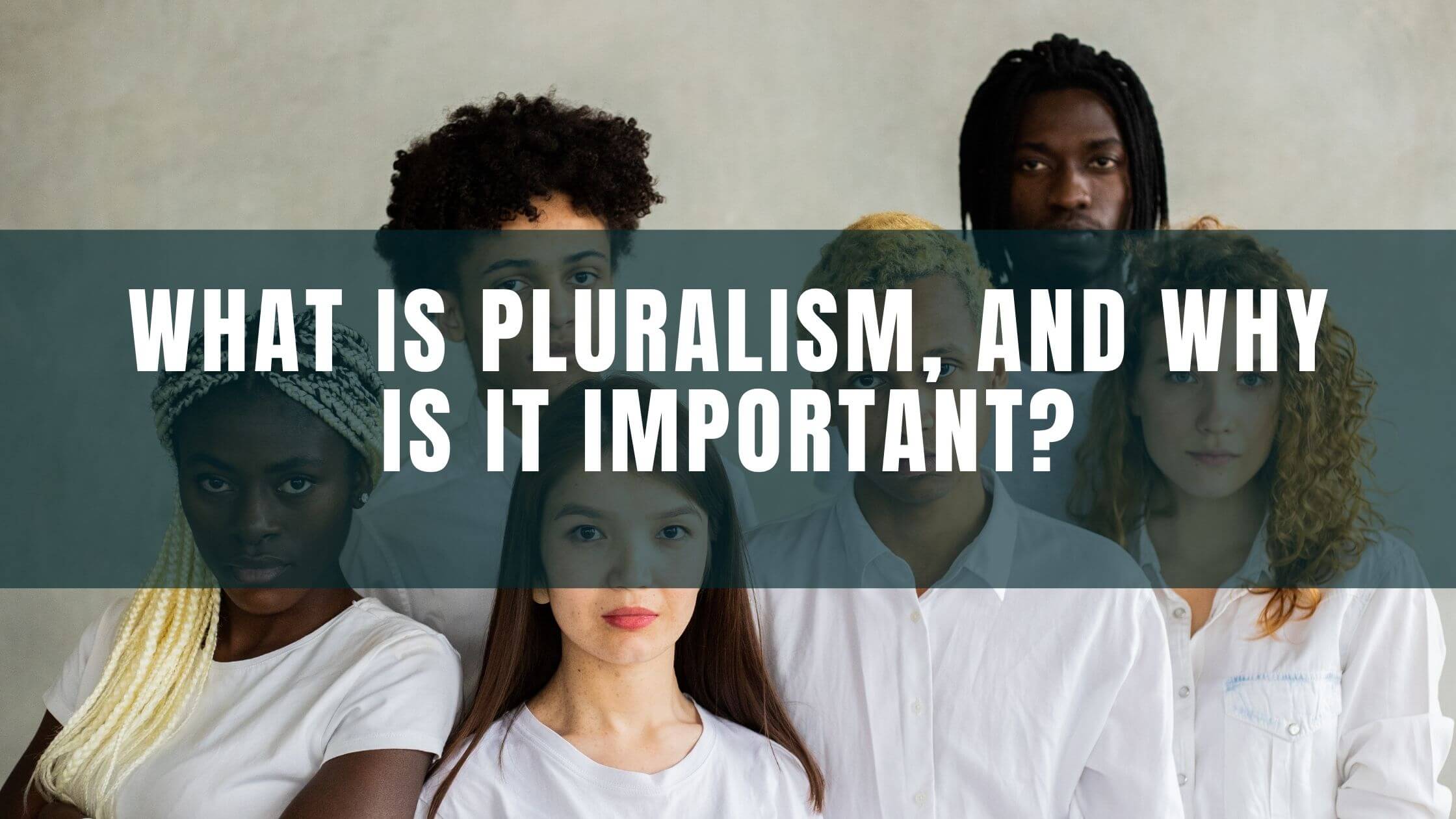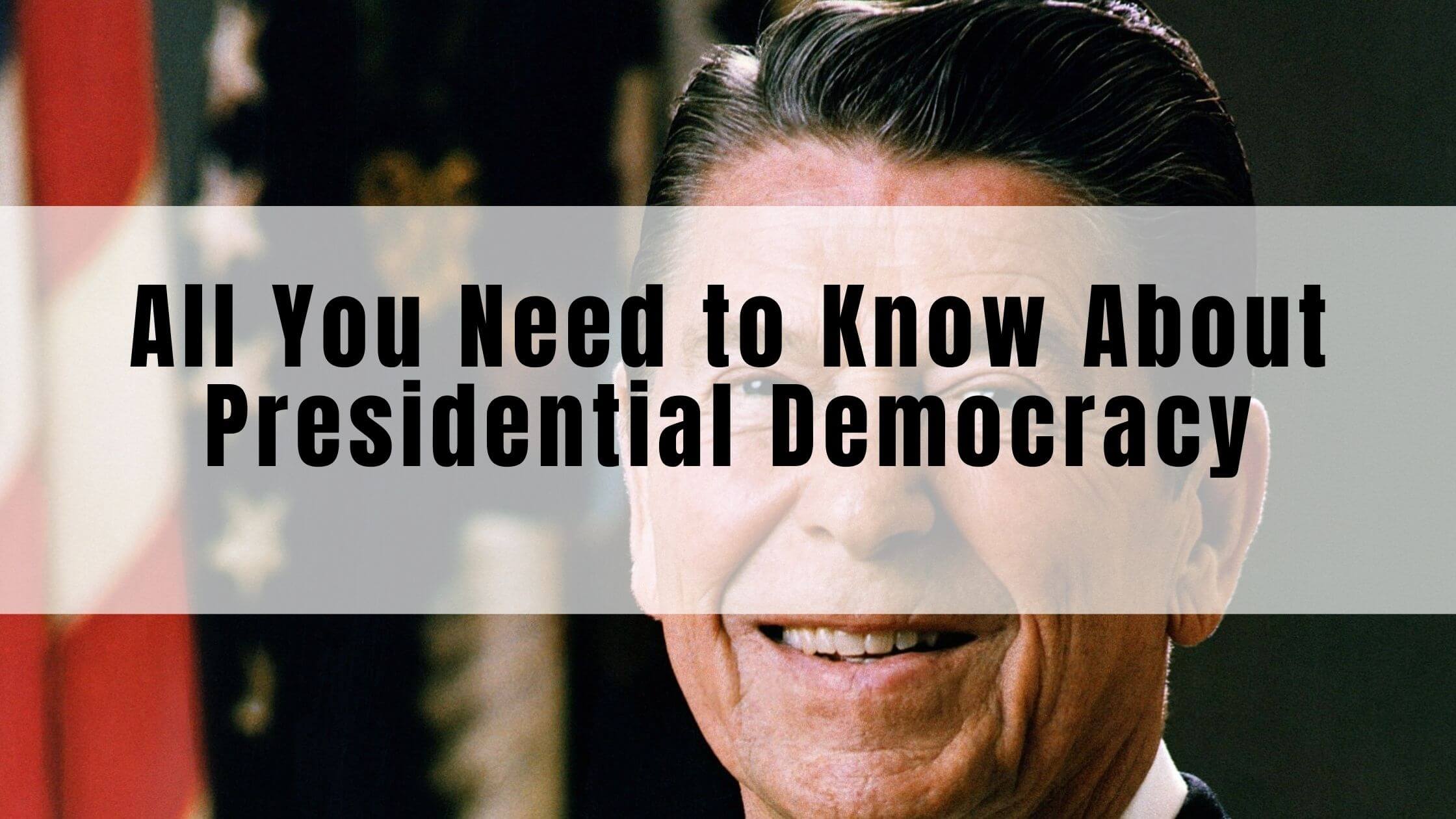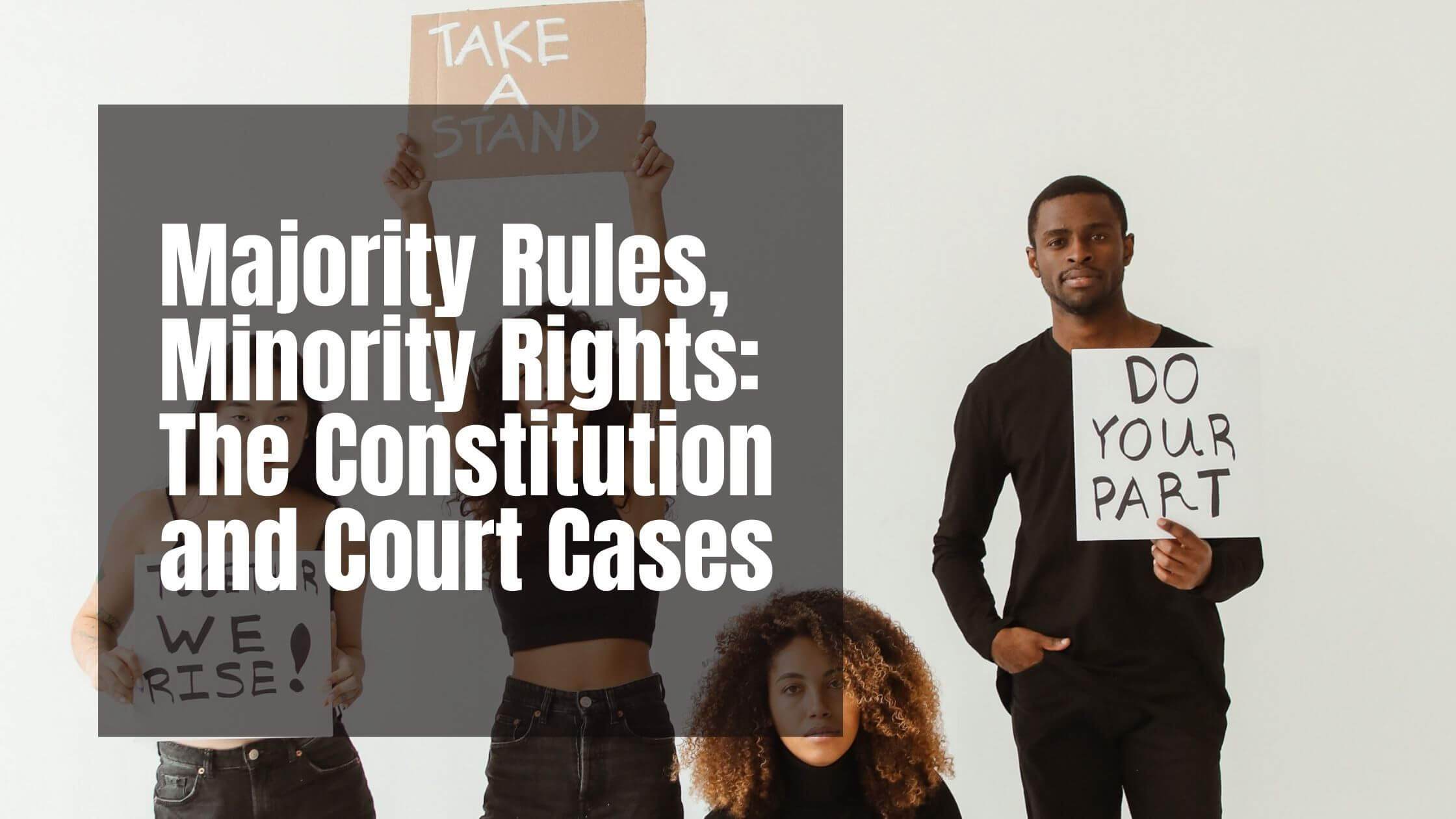Table of Contents
ToggleThe structure of the United States government can seem complex and perhaps even overcomplicated to some voters. There are two houses in Congress working to make laws and uphold the constitution while a President sits in power. However, this is necessary for the nation to have an effective limited government.
The term “limited government” may come as a surprise to those that see the government as pretty unlimited in its powers over personal freedoms. Others may argue that the system is too restraining. So, what is a limited government when applied to US methods?
Limiting Government Power
In the most simple terms, a limited government has limitations imposed upon it so it can’t become too powerful. This is a necessary approach in countries that prefer a more fair and balanced system that doesn’t emphasize just one area of government. The way countries can choose to do this can vary depending on the methods in place.
Commonly, these limited governments are bound by a constitution or similar rules to stop officials from acting beyond their powers. Other documents may exist to help protect the rights of the people, as well as other measures within the structure of government.
It is a popular system with democratic countries, such as the United States and the United Kingdom. The English government was the first to create a limited approach with a charter of rights called the Magna Carta in 1512.
What Is the Alternative to a Limited Government?
The alternative to a limited government is an authoritarian government. This is where the government has much greater control over its people with little in place to secure their rights. There are also fewer branches of government or powerful bodies to keep the leader in check. Two common but very different examples of this are an absolute monarchy, a ruling king or queen, and a military dictatorship.
Why are Limited Governments so Important?
While there are debates and different methods regarding best practices, many nations agree that limited governments are the best approach. A limited government makes it less likely that a government will go against the best interests of its people. This is where documents detailing the rights of citizens and limitations of government power are vital. No new law should ever violate the human rights of voters just because it may be profitable to a branch of government.
On that note, no one area of government should be more powerful than the other either. There are risks with less restricted governments that presidential figures could abuse their position and try and pass self-serving laws.
How Does the Term ‘Limited Government’ Apply to the United States?
The United States is a democratic country with lots of different measures in place to control the power of the government. This is seen in several ways, such as the following:
– a constitution that lays out the powers and limitations of the government
– a series of checks and balances across the two houses
– limitations on the power of the head of state
– clear rights for the citizens that must be upheld at all times.
How Does the Constitution Affect the Limitations on the Government?
The United States Constitution plays an essential role in defining the powers and limitations of governments. There are powers expressed within the document that highlights what Congress can and cannot do to stay constitutional. At the same time, there is the idea of assumed powers, which is a little more of a grey area.
The idea of a constitution has been in place since the United States gained independence. They needed to have a strong framework for governing their new nation and what this would mean for the states and the people. However, the US Constitution as we know it today was not the first draft.
It all began with the Articles of Confederation, which were ratified in 1781. This was a chance for the nation to create a strong constitution to outline its powers as a new nation. While there was a good foundation here for creating a new limited government, it didn’t go very far.
Leaders from across the states agreed that they needed a better document to determine the full powers and limitations of the government. The new constitution took shape during talks at the Constitutional Convention of 1787. Here, delegates determined the more precise power of Congress over creating laws, armed forces, and dealing with taxes.
The Expressed Powers of the United States Government
A large part of this new constitution was the idea of expressed powers and assumed powers. There was a series of strictly expressed powers that Congress could take advantage of to help steer the nation in the right direction and create federal law. These included the financial powers to deal with taxes, commerce, borrowing, and currency. It could also raise armies and declare war.
The Importance of the Elastic Clause
These expressed powers within the US Constitution are important because they give a clear framework of the powers and boundaries imposed on Congress. Areas not covered become the responsibility of the state or the people themselves. The problem here was that this alone would not allow for any evolution of the constitution and future government powers.
That is why the elastic clause was added to the document. This is better known as the “necessary and proper” clause and allows Congress to act in ways to create new laws over states where the action is deemed necessary and proper. This loophole means that Congress has some insurance to deal with matters the framers couldn’t envision at the time.
How Does the System of Checks and Balances Help to Limit Power?
Because the United States is not an absolute monarchy or another form of authoritarian government, there is room for multiple parts. The framers of the constitution came up with a structure of checks and balances. This meant a series of branches with their powers. No one area has more say than another, and they need to work cohesively to uphold laws and the rights of the people.
There is a head of state, the president, who is a figurehead and influential voice in the country’s direction.
Then there is Congress, which works to debate and pass bills and uphold the constitution.
Within that, there are two houses with representatives and senators to work on behalf of their state.
Then there is the judicial system. The judicial system is as important as Congress as it ensures that all parties abide by the law and constitution.
The Supreme Court can rule against laws and officials. But, it is still up to Congress to pass the laws and approve who is appointed to the courts.
How Much Power Does the President Really Have?
The third branch of government is the executive branch – the president. People may expect the leader of the free world to have the final say and dictate much of what goes on in government. Many voters are often disappointed when presidents don’t act on key election pledges or appear to go against their promises.

Get Smarter on US News, History, and the Constitution
Join the thousands of fellow patriots who rely on our 5-minute newsletter to stay informed on the key events and trends that shaped our nation's past and continue to shape its present.
This level of inaction is often down to the influence of the other branches of government and the need for cross-party support on major issues. The president can’t pass a self-serving law that goes against the rights of the people or is unconstitutional. For example, the United States cannot declare war just because the president says so in a press conference. It is all about limiting the risk of abuse of power and keeping everyone in check.
The president does have a lot of power and will sign in bills and direct agendas. They can also veto laws made by Congress, appoint judges to the courts of the judicial system, and give out presidential pardons.
However, they cannot pass laws without the approval of Congress, and the courts have the power to declare presidential acts as unconstitutional. The latter is how the nation can impeach and remove presidents from power if necessary.
The Difference Between Federal and State Government
Another critical factor in controlling the powers of the United States government is the difference between state and federal law. The constitution states that powers forbidden to the federal government are granted to state and local governments. Federal law is wide-reaching and covers crimes and punishments applicable to all citizens. State law relates to those within the boundaries of the state.
There are pros and cons to this approach. On the one hand, state officials have the power to make laws on general issues that meet the needs of their citizens. Congress can’t make everyone follow the same rule if it may be unfair in certain areas. The system also frees up Congressmen to deal with more pressing issues of federal law.
The flipside to this is that you can have potential inequalities between states on specific state laws. This includes laws on the legalization of drugs, motoring offenses, and even gun laws. There was a time when same-sex marriage was a state issue until it became a federal requirement to honor marriages in all states in 2015.
Limiting Government Powers by Protecting the Rights of the People
Then there is the role of the Bill of Rights on the limitations of government. Authoritarian governments with no charter for citizen rights run the risk of passing laws that would violate human rights and put citizens at risk. Limited governments working with a charter must uphold the principles and ensure that their laws don’t violate any of the clauses.
The Bill of Rights is the alternative name for the first 10 amendments to the constitution. The first eight amendments focus on citizens’ rights, such as the right to freedom of speech in the 1st Amendment.
The final two amendments reinforce the idea that the people retain protections. The 9th Amendment essentially says that just because a right isn’t specifically mentioned in the constitution doesn’t mean it doesn’t exist. The 10th Amendment says that any power that isn’t listed belongs to the states or the people.
Interpreting the Bill of Rights and Protecting Citizens
This approach is essential for protecting the basic freedoms of citizens to live in a particular way and express opposing views. Problems arise, however, when you have contentious clauses in the Bill of Rights, such as the interpretation of the right to bear arms.
The issue of gun control is a good example of the complexity of the limited system in the United States. The people have the right to bear arms and the right to protest about improved gun control. The president may favor tightening restrictions on handguns but struggle to pass any laws through the checks and balances system of the government branches. This leads to a situation where there is the necessary protection of rights but also little to no progress either way.
People Power at the Polls
Finally, it is essential to remember that this is a democratic system where voters say a lot. Although this is an indirect democracy that relies on an elected official, voters can still have their say in many direct methods. This includes recall votes and referendums. A drop in public approval can be disastrous enough for elected officials trying to stay on top.
Is the Limited Government Approach the Best Option for the United States?
There will always be debate over how well the system works, with some saying it is too limited and others that it isn’t limited enough. Some will say that the government takes away too many freedoms on how people can live their lives, while others feel that the checks and balances stunt progress. However, the system is arguably the fairest for the country. That is all thanks to the emphasis on state laws, constitutional restrictions, and the Bill of Rights.











